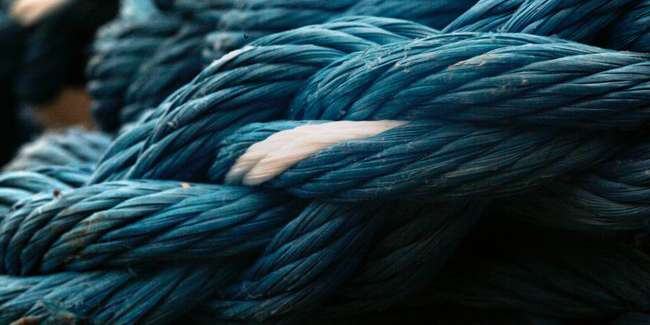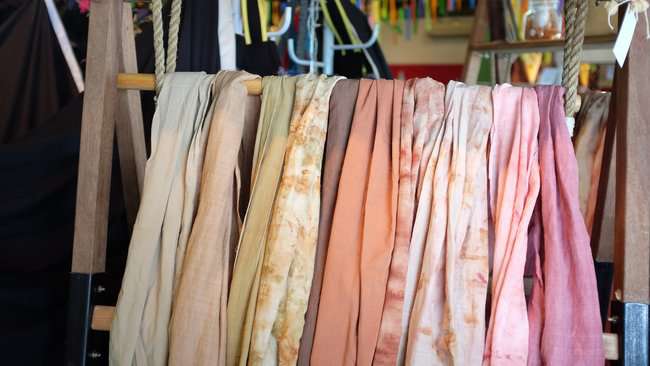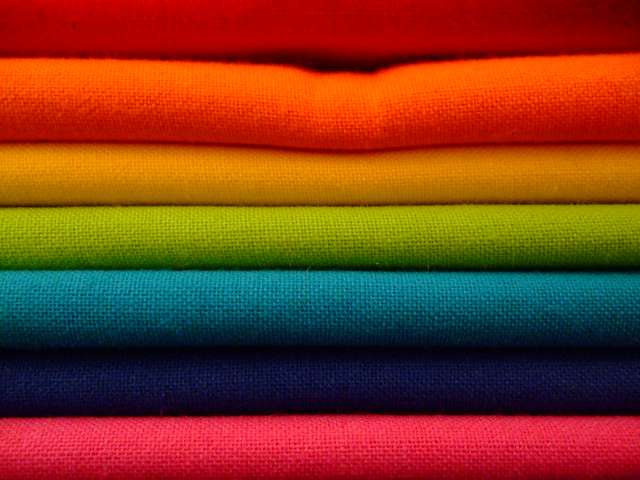
The marriage of technology and time-honored tradition is helping manufacturers perfect environmentally-friendly, natural textile dyes. Image Source: Unsplash user drmakete lab
Technological advances have changed the way we live, work, and play. From smartphones to self-driving cars, scientific advances are quickly opening up new possibilities we could not have imagined only a few decades ago. And, yet, despite the proliferation of the man-made and artificial, we are simultaneously witnessing growing interest in a return to time-honored manufacturing using natural materials. In the world of textiles, the trend toward plant-based dyes marks a profound shift in approach and process.
Since the late 1800s, man-made pigmentation sources have eclipsed natural dyes in popularity owing to their ostensibly superior qualities. But as a research cohort from Kumaruguru College of Technology writes the International Journal for Scientific Research & Development, “Environment-friendly dyes are recently enjoying a resurgence in popularity because of concerns with the carcinogenic, mutagenic, and sensitizing characteristics of many synthetic dyes.” According to Georgia Kalivas, who teaches in the textile department at the Fashion Institute of Technology, “the byproducts of industrial dyeing include aromatic solvents, formaldehyde, chlorine bleach, and heavy metal salts.” Not only can these synthetic components affect human health, but they can impact entire ecosystems via effluent produced by the textile industry, leading to significant environmental deterioration. Now, a growing number of manufacturers, big and small, are investigating the use of plant materials to create safe, beautiful dyes.
But the turn towards natural textile dyes doesn’t mean eschewing technology. Rather, a marriage between technology and the natural world is helping to perfect the creation of plant-based pigments and dyeing practices to help them compete with synthetic versions. Spectrophotometers, in particular, are playing a critical role in guiding researchers and textile manufacturers as they seek to improve environmentally responsible dye quality and performance.

Spectral analysis is playing an instrumental role in exploring and expanding the possibilities of plant-based dyes. Image Source: Unsplash user Nafinia Putra



